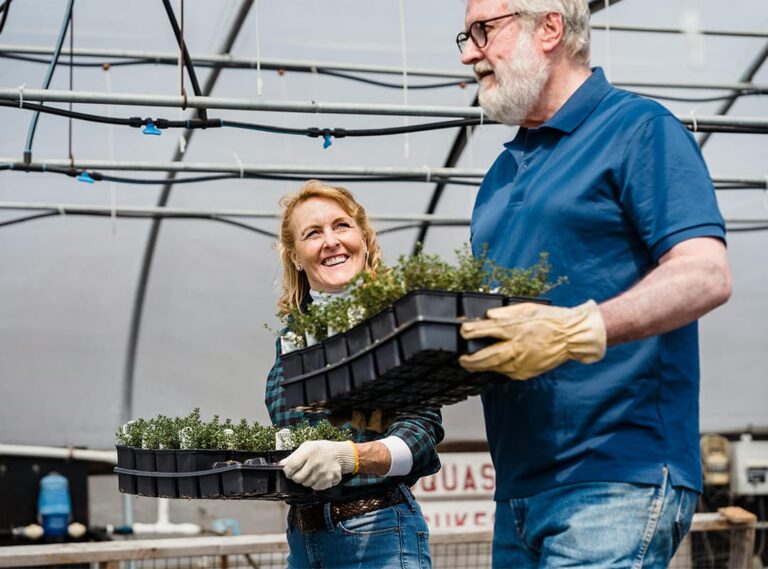In a world increasingly disconnected from its food sources, there is a growing need to reconnect farmers and consumers. The current food system, dominated by large-scale industrial agriculture and global supply chains, often lacks transparency and accessibility. However, a promising trend is emerging – a movement to bring farmers and consumers closer together.
Farmers’ markets. Farmers’ markets have become popular again in recent years. These vibrant community gatherings allow farmers to showcase their products directly to consumers. It offers a unique shopping experience, fosters personal connections, and supports the local economy.
Community Supported Agriculture (CSA): CSA programs allow consumers to buy a share of a farm’s produce for a season. In return, they receive regular deliveries of fresh, seasonal produce. CSA programs foster a sense of shared responsibility between farmers and consumers, where both parties share the risks and rewards of agriculture.
Online platforms: Technology can play a crucial role in bridging the gap between farmers and consumers. Online platforms and mobile apps can facilitate direct communication, allowing consumers to place orders, access farm information, and even track the progress of their crops of choice.
Farm visits and workshops: Organizing farm visits and workshops provides consumers with hands-on experiences, allowing them to learn about farming practices, sustainable agriculture, and the challenges farmers face. These experiences foster empathy and appreciation for the hard work that goes into producing our food.
Farm-to-table initiatives: Cooperation between farmers and restaurants can create a win-win situation. Restaurants can buy fresh, local produce, and farmers get a stable market for their products. Farm-to-table dining promotes ecological choices and increases the quality of food for customers.






